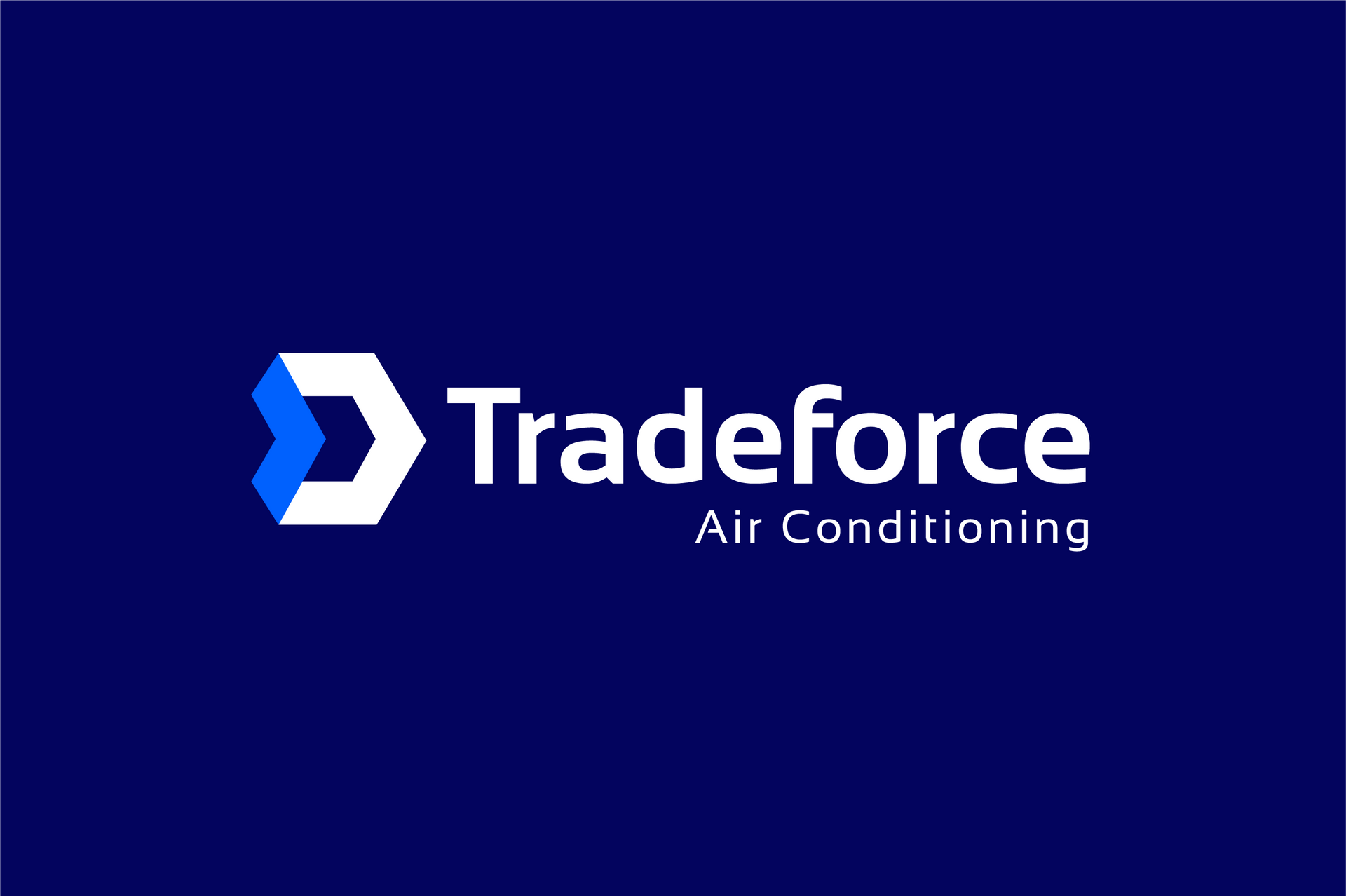Innovative Ventilation Solutions for Modern Buildings
Modern buildings, with their emphasis on energy efficiency and comfort, require advanced ventilation solutions to maintain healthy indoor air quality and temperature control. This article explores innovative ventilation technologies designed to meet the needs of contemporary structures, enhancing both environmental sustainability and occupant well-being.
Understanding the Need for Advanced Ventilation
The design of modern buildings often prioritises energy efficiency, sometimes at the expense of ventilation. Without adequate airflow, indoor air can become stale and polluted, leading to health issues like headaches, fatigue, and respiratory problems. Innovative ventilation solutions not only address these health concerns but also improve energy efficiency and building performance.
Key Innovative Ventilation Technologies
1. Demand-Controlled Ventilation (DCV): DCV systems use sensors to determine the number of occupants in a room and adjust the ventilation rate accordingly. This technology ensures that air quality is maintained without wasting energy on unoccupied spaces, making it ideal for commercial and educational buildings.
2. Energy Recovery Ventilators (ERV): ERVs allow fresh air to enter a building while retaining preconditioned heating or cooling. This system recovers energy from exhaust air, reducing the cost of heating and cooling new incoming air, which is particularly beneficial in extreme climates.
3. Displacement Ventilation: This method supplies fresh air at a low velocity from diffusers at or near floor level. Cooler, fresher air displaces older, warmer air which rises and is extracted at ceiling level, significantly enhancing air quality and energy efficiency in densely occupied spaces like auditoriums and conference rooms.
4. Natural Ventilation Solutions: Incorporating architectural features that enhance natural airflow can significantly reduce dependency on mechanical ventilation. Automated windows, atriums, and vented skylights can be designed to create pressure differences that drive air through the building.
5. Smart Ventilation Systems: These systems integrate with smart home or building management systems to provide optimal air quality and temperature control. Smart ventilation can learn from user preferences and environmental conditions to automatically adjust settings for maximum comfort and efficiency.
Benefits of Innovative Ventilation Solutions
Improved Air Quality: Advanced systems ensure a consistent supply of fresh air, removing pollutants, allergens, and excess moisture, and thus preventing the build-up of harmful substances.
Energy Efficiency: By optimising airflow and reducing the need for heating and cooling, innovative ventilation solutions can substantially decrease energy consumption and lower utility bills.
Enhanced Comfort: Effective ventilation systems maintain stable indoor temperatures and humidity levels, improving the overall comfort of building occupants.
Long-term Health Benefits: Good ventilation reduces the risk of respiratory problems and other health issues related to poor indoor air quality, promoting a healthier living and working environment.
Conclusion
As buildings become more airtight and energy-efficient, the role of innovative ventilation technologies becomes increasingly important. These systems are crucial for maintaining indoor air quality, ensuring occupant comfort, and achieving energy efficiency. By investing in advanced ventilation solutions, modern buildings can meet both current and future demands, fostering environments that are not only comfortable but also sustainable and healthy.






















